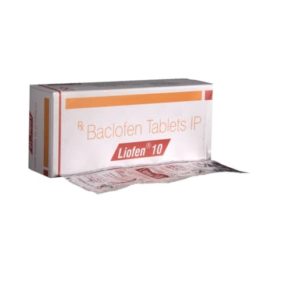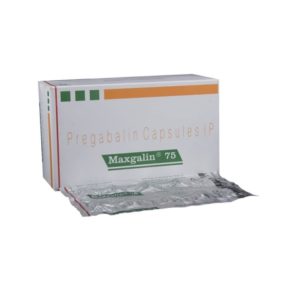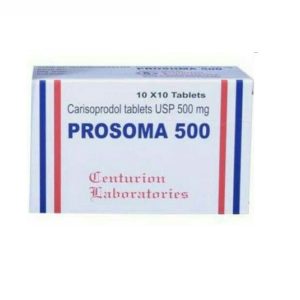Muscle relaxants
Showing all 3 results
Buy muscle relaxants
Muscle Relaxants are prescription drugs that include two classes: antispasmodics, which are used to deal with muscle spasms, and antispastics, which are used to deal with muscle spasticity. The muscle spasticity can be treated with some antispasmodics like tizanidine as well. However, antispastics are not recommended for the treatment of muscle spasms.
Antispasmodics
They are centrally acting skeletal muscle relaxants (also SMRs) and are used as an addition to the main physical therapy aiming to help relieve muscle spasms. SMRs are believed to prevent the body nerves from transmitting pain signals to the brain or cause a sedative effect.
The recommended period of using such muscle relaxants should be no longer than 2-3 weeks, as the safety and the possible risks of long-term use are unknown for the time being. At last price online pharmacy you can buy muscle relaxants manufactured in India.
Despite the fact that antispasmodics are frequently used for muscle spasms treatment, they do not seem to work any better than acetaminophen or nonsteroidal anti-inflammatory drugs (NSAIDs). Moreover, their side effects are more serious than those of NSAIDs or acetaminophen.
Most common side effects of taking centrally acting SMRs can include:
- lowered blood pressure after a period of standing
- reddish-purple or orange color of urine
- dizziness
- nervousness
- drowsiness
- headache
Remember to consult your doctor about the advantages and possible risks of including these medications in the treatment of muscle spasms.
Most popular centrally acting SMRs include:
- carisoprodol (available under the brand name Soma)
- carisoprodol and aspirin
- codeine
- chlorzoxazone (available under the brand names Parafon Forte and Lorzone)
- cyclobenzaprine (available also as extended-release capsules under the brand names Fexmid, Flexeril, and Amrix
- metaxalone (available under the brand names Skelaxin and Metaxall)
- methocarbamol (available under the brand name Robaxin)
- orphenadrine (available also as an extended-release tablet under the brand name Norflex)
- tizanidine (available in the form of tablets and capsules under the brand name Zanaflex)
All of the generics listed above are available in the form of tablets in many countries including USA, UK and Australia.
Antispastics
This class of drugs is used for muscle spasticity treatment. They are not recommended to be used in the treatment of muscle spasms. Popular antispastics include:
- Baclofen
Baclofen (brand name Lioresal) is usually used to relieve muscle spasticity caused by multiple sclerosis. The mechanism of action of this drug is not entirely known. However, it seems to stop the nerve signals of the patient’s spinal cord from causing muscles to spasm. Baclofen can cause mild side effects such as drowsiness, weakness, dizziness, and fatigue.
- Dantrolene
Dantrolene (brand name Dantrium) is used for the treatment of muscle spasms that are caused by various spinal cord injuries, multiple sclerosis, stroke, or cerebral palsy. It affects the skeletal muscle directly in order to relax the ongoing muscle spasm. Dantrolene can cause such side effects as lightheadedness, dizziness, fatigue, and drowsiness.
- Diazepam
Diazepam (brand name Valium) is prescribed to relieve muscle spasms that were caused by muscle spasticity, some inflammation, or trauma. The drug increases the activity of a specific neurotransmitter in order to reduce the cases of muscle spasms. Because Diazepam is a sedative medication, it can cause such side effects as drowsiness, fatigue, and muscle weakness.
Antispastics also include generic-name medications like baclofen, dantrolene, and diazepam.


